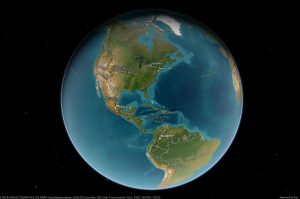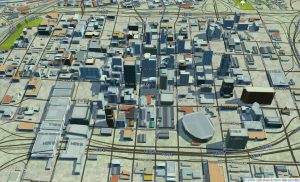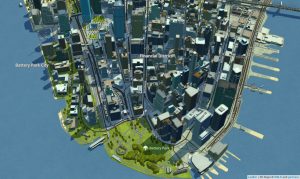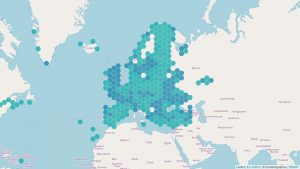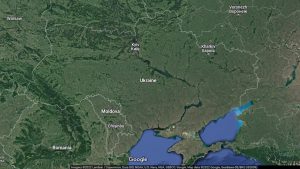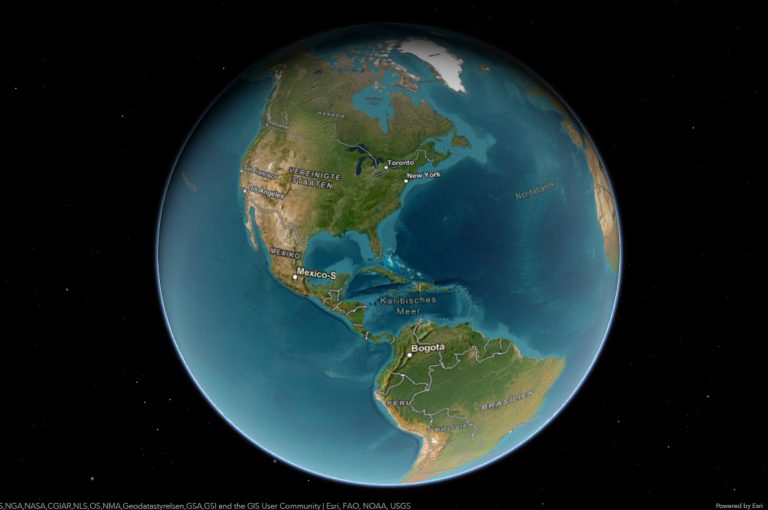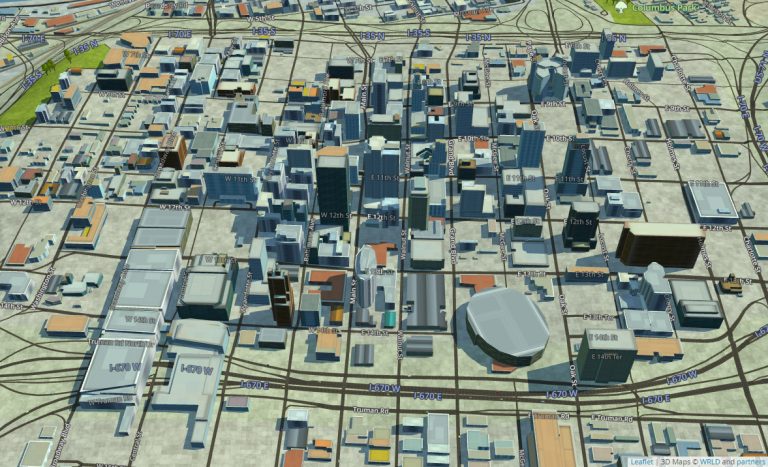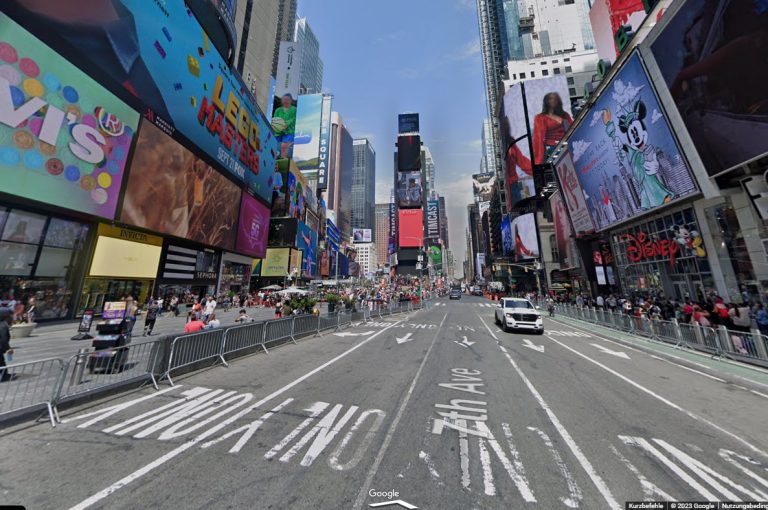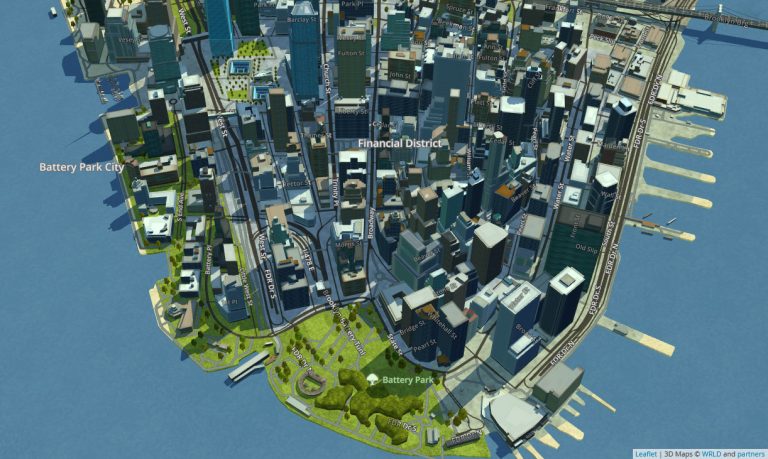Map of Greenland
- Nuuk – Capital city
- Sisimiut – Second-largest town with fishing industry
- Ilulissat – The Icefjord is a UNESCO World Heritage Site
- Qaqortoq – Colorful houses and Norse ruins
- Narsarsuaq – Gateway for South Greenland
- Tasiilaq – The largest town in East Greenland.
- Ilulissat Icefjord – UNESCO World Heritage Site with massive icebergs
- Mount Gunnbjørn (3,700 m) is the highest point in Greenland
- Greenland Ice Sheet – Second-largest ice sheet in the world
- Disko Bay – Known for icebergs and marine life
- Sermeq Kujalleq Glacier – One of the world’s most active glaciers
- Cape Farewell – The southernmost point of Greenland
- Fjords of South Greenland – Stunning fjords with rich biodiversity
- Northern Lights Viewing Areas – Best seen in Kangerlussuaq or Ittoqqortoormiit
- Norse Ruins in Hvalsey – Best-preserved Norse ruins in Greenland
- Erik the Red’s Farm (Brattahlíð) – Key site from Viking history
- Greenland National Museum – Artifacts from Greenlandic history
- Church of Hvalsey – Historic stone church from the Viking Age
- Northeast Greenland National Park – Largest national park in the world
- Scoresby Sund – The world’s largest fjord system
- Tundra and Arctic Wildlife Areas – Home to musk oxen, polar bears, and arctic foxes
- Summit Camp – Research station atop the ice sheet
- Zackenberg Research Station – Arctic climate and biodiversity studies
- Kangerlussuaq – Gateway to the ice sheet and polar expeditions
- Dog Sledding Routes – Popular in Sisimiut and Ilulissat
- Arctic Circle Trail – Renowned hiking route between Kangerlussuaq and Sisimiut
- Kayaking in Disko Bay – Experience traditional Greenlandic transport
- Kangerlussuaq Airport – Greenland’s largest international airport
- Narsarsuaq Airport – Historic and key for South Greenland access
- Thule Air Base – US military installation with geopolitical importance
- Cryolite Mine in Ivittuut – Historically significant mining site for cryolite
- Isua iron mine – Mining Project in South Greenland
- NUNAOIL – State-owned oil company managing resource exploration
The Island of Contrasts Between Ice and Greenery
Greenland (in Greenlandic: Kalaallit Nunaat; in Danish: Grønland) is a unique territory located between the Arctic and Atlantic Oceans. Covering an area of 2,175,600 square kilometers, it is the largest island in the world and geographically and ethnically part of the North American continent. Politically and historically, however, Greenland is more closely tied to Europe, particularly Denmark, Norway, and Iceland.
Table of Contents
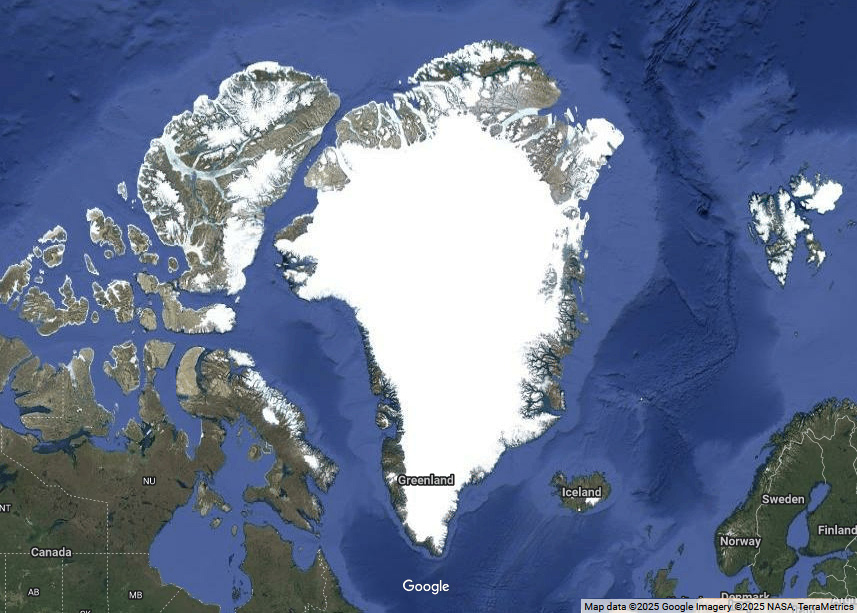
Autonomy and Political Structure
Greenland is a self-governing territory within the Kingdom of Denmark. In 1979, the Danish parliament granted the island significant autonomy, and in 2009, Greenland gained expanded self-governance. Denmark retains control over foreign policy, defense, and finances, but Greenland manages its resources and has adopted Greenlandic as its official language. The capital, Nuuk, serves as the administrative and cultural center, while the Landsting parliament exercises legislative power.
Geography and Climate
Greenland boasts majestic landscapes dominated by glaciers, fjords, and icebergs. Its highest point is Mount Gunnbjørn (3,700 m). The climate ranges from subarctic to arctic, with winter temperatures dropping as low as -70°C. In recent decades, global warming has accelerated the melting of glaciers, altering the landscape and impacting the environment.
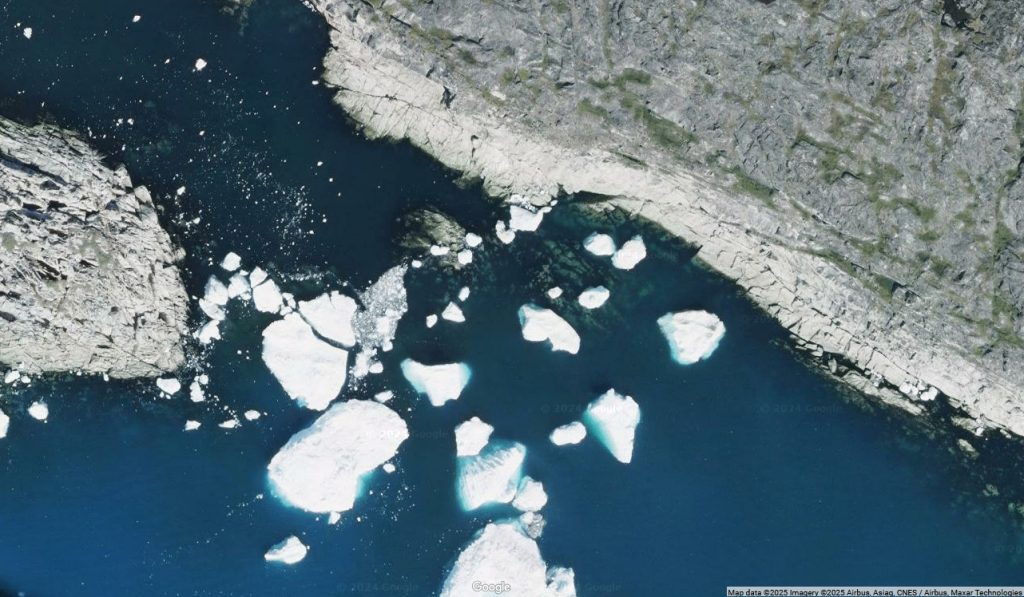
History and Culture
Greenland has a rich history, dating back to its discovery by Icelandic sailor Gunnbjørn around 875 AD and the first explorations by Erik the Red in 982 AD. The island’s culture is deeply rooted in Inuit traditions. Greenlanders continue to uphold fishing traditions and host annual dog sledding competitions that attract tourists from around the world.
Economy and Transport
Fishing and the fishing industry are key economic drivers, with shrimp catches being the largest source of income. Tourism is also growing in popularity, though its potential is limited by high costs and a short season. The lack of road infrastructure means that airplanes, helicopters, and dog sleds are the primary means of transport.
Social Challenges
Greenland faces significant social challenges, including high suicide rates, alcoholism, and poverty. The gap between rich and poor is one of the largest globally, and one in six children suffers from malnutrition. Despite these difficulties, the local government is working to improve living conditions.

Looking Ahead
With expanded authority and the management of its natural resources, Greenland is on the path toward economic independence. The island’s wealth of oil, natural gas, and minerals presents opportunities for sustainable development. Tourism and environmental conservation also play crucial roles in the country’s future plans.
Independence and Geopolitics
Greenland has once again taken a prominent place on the international agenda after the newly elected President of the United States expressed interest in acquiring the island, prompting a categorical rejection by Greenlandic leaders. At the same time, Prime Minister Múte Egede emphasized efforts toward full independence from Denmark, while Copenhagen announced significant investments to strengthen the island’s defense capabilities. These developments highlight Greenland’s strategic importance and intensify debates about its future political status.
Greenland is a land of contrasts—between ice and greenery, tradition and modernity, challenges and opportunities. It remains an appealing destination for both explorers and travelers seeking adventures amidst the harsh beauty of the Arctic.
